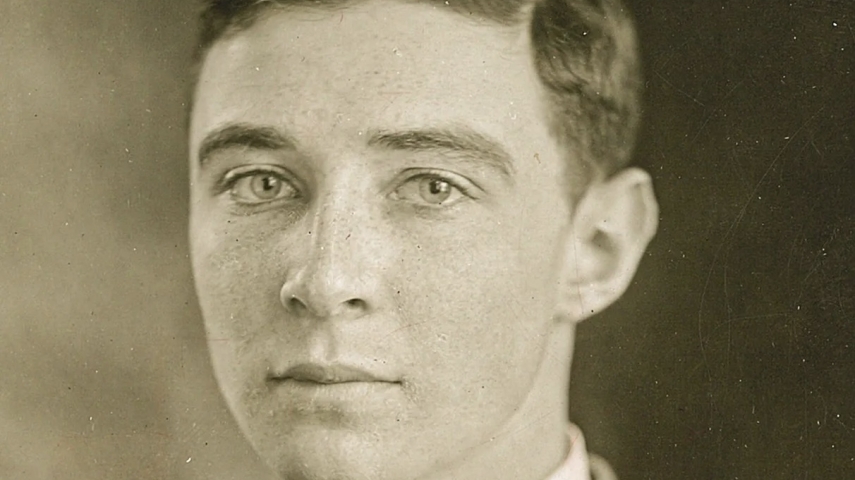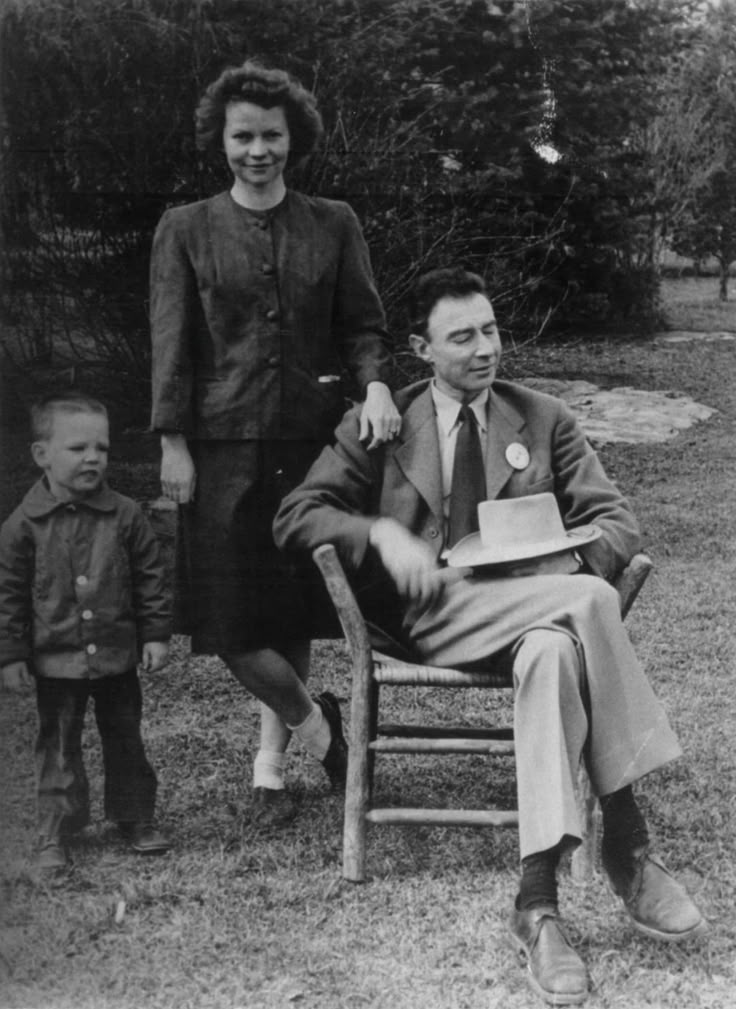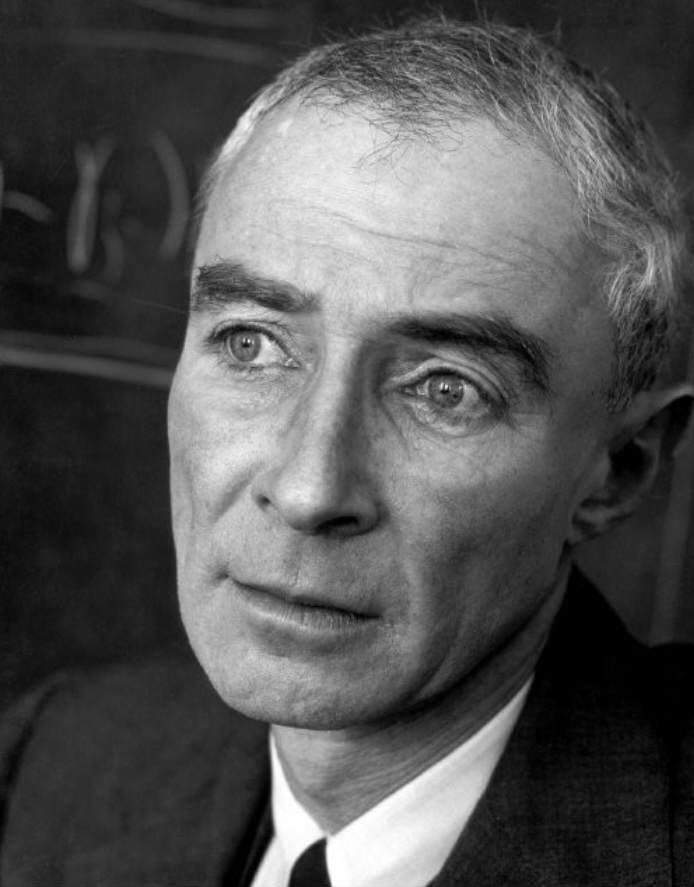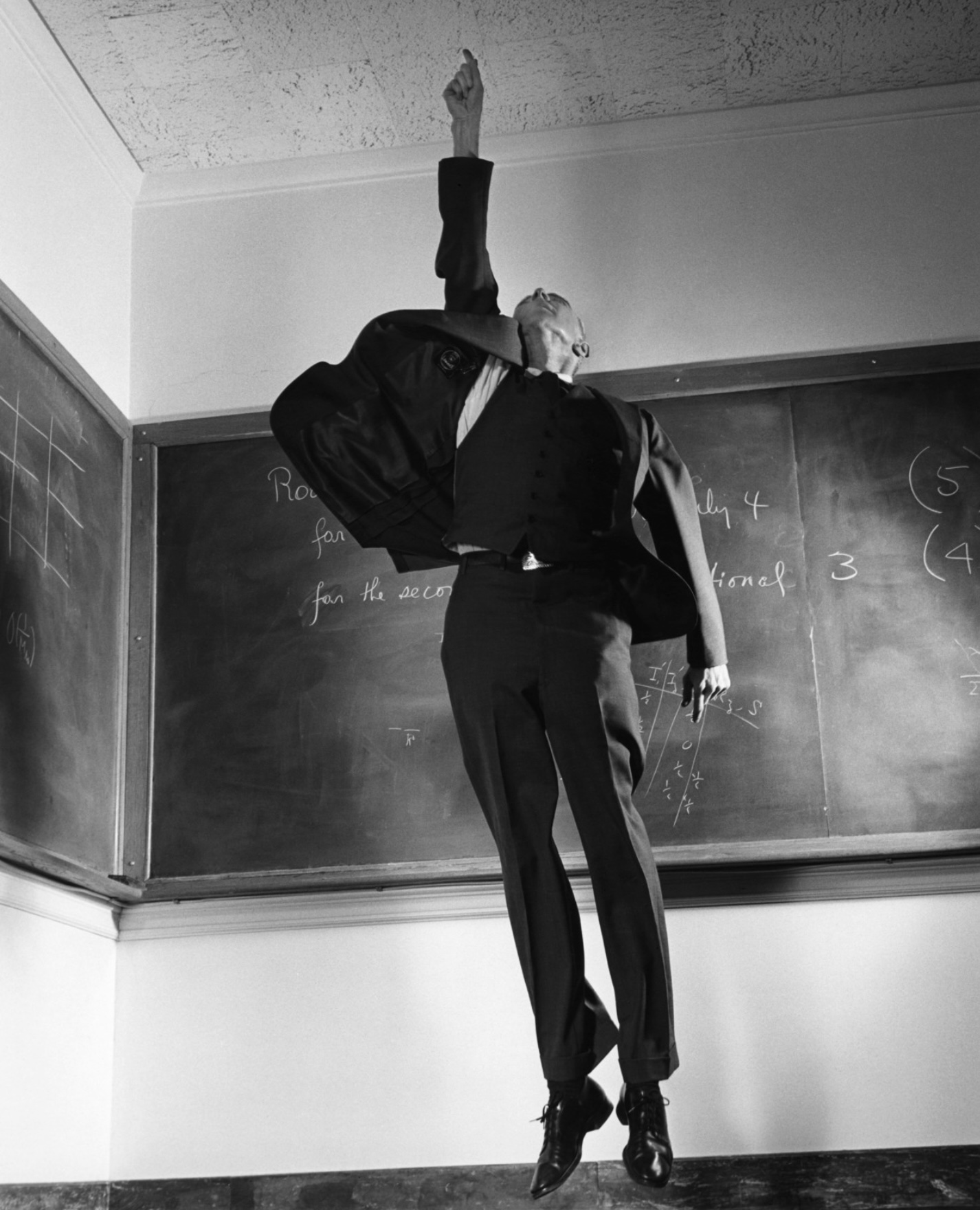
Photo credits: Harvard University Archives; J. Robert Oppenheimer pictured in 1926
Secrets of Success, Love, and Life: The Legacy of the World’s Visionaries. A recurring Monaco Voice column exploring the lives, achievements, and philosophies of the world’s most influential visionaries, uncovering the secrets behind their success and enduring legacies curated by actress Vladyslava Garkusha.
Some men change the world with poetry. Others do it with mathematics, or by accident.
J. Robert Oppenheimer changed it through focus - a kind so absolute it split the atom, and with it, the century. What kind of world might we have inherited if Oppenheimer had turned that same intensity toward creation instead of destruction?
Born in New York City on April 22, 1904, Oppenheimer grew up surrounded by books and expectation. His father, Julius, was a successful German-Jewish textile importer, and his mother, Ella, an accomplished painter. He mastered Latin, Greek, and theoretical physics before most of his peers had settled on a career. At Harvard, he completed his chemistry degree in three years, then continued his studies at Cambridge and Göttingen, Germany, where he earned a Ph.D. under Max Born.
The Focused Mind
By 1942, as the Second World War reshaped every boundary of human ambition, the U.S. government turned to him to direct the Manhattan Project - a secret endeavor to build an atomic weapon.
Oppenheimer personally travelled across the United States to recruit scientists from leading universities, and by the spring of 1943 most of the staff had arrived at Los Alamos, an isolated high mesa in northern New Mexico. The location was chosen for secrecy: surrounded by mountains, far from major towns, with limited roads and strict controls on mail, packages, and visitors. Scientists and their families lived in temporary housing and dormitories, forming a self-contained, secret city. The isolation fostered collaboration, intense focus, and a sense of shared purpose - though it also created pressure and separation from the outside world.
Love and Personal Life
In 1940, Oppenheimer married Katherine “Kitty” Puening Harrison, a biologist and former political activist. They remained married until his death in 1967, raising two children: Peter (born 1941) and Katherine “Toni” (born 1944 at Los Alamos base hospital). Kitty also briefly worked as a laboratory technician at Los Alamos.
Oppenheimer relied on Kitty as a confidant and emotional support throughout the intense pressures of the Manhattan Project and his later public scrutiny. Their marriage, though challenged by the extraordinary circumstances of his life and work, endured a partnership in both intellect and love.

Photo credits: Physics In History. J. Robert Oppenheimer, Katherine "Kitty" Oppenheimer and their son Peter Oppenheimer
Life in Perspective
On July 16, 1945, the “Trinity” test illuminated the New Mexico desert. Within weeks, Hiroshima and Nagasaki would follow. Humanity had unlocked the secret of the atom - and used it to devastating effect.
Oppenheimer felt the weight of his creation. He told President Harry S. Truman: “Mr. President, I feel I have blood on my hands.” After the war, he attempted to guide science toward responsibility, opposing development of the hydrogen bomb. In 1954, his security clearance was revoked during a politically charged hearing. He spent his later years at the Institute for Advanced Study in Princeton, continuing to explore physics, philosophy, and questions of human meaning until his death from throat cancer in 1967.


Photo credits: Philippe Halsman, Magnum Photos. J. Robert Oppenheimer
At that crucial crossroad, with that singular intellect, what else might he have achieved? Could the same mind have unraveled the mysteries of consciousness, charted the oceans’ hidden depths, or bent the sun’s power to illuminate the world without destruction? The atom was split, the consequences were felt in Hiroshima and Nagasaki - and in the shadow it cast over humanity ever since, but the question lingers: what might have been had he chosen differently?

